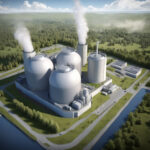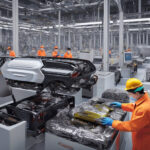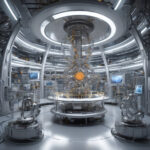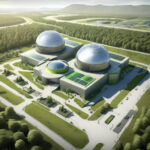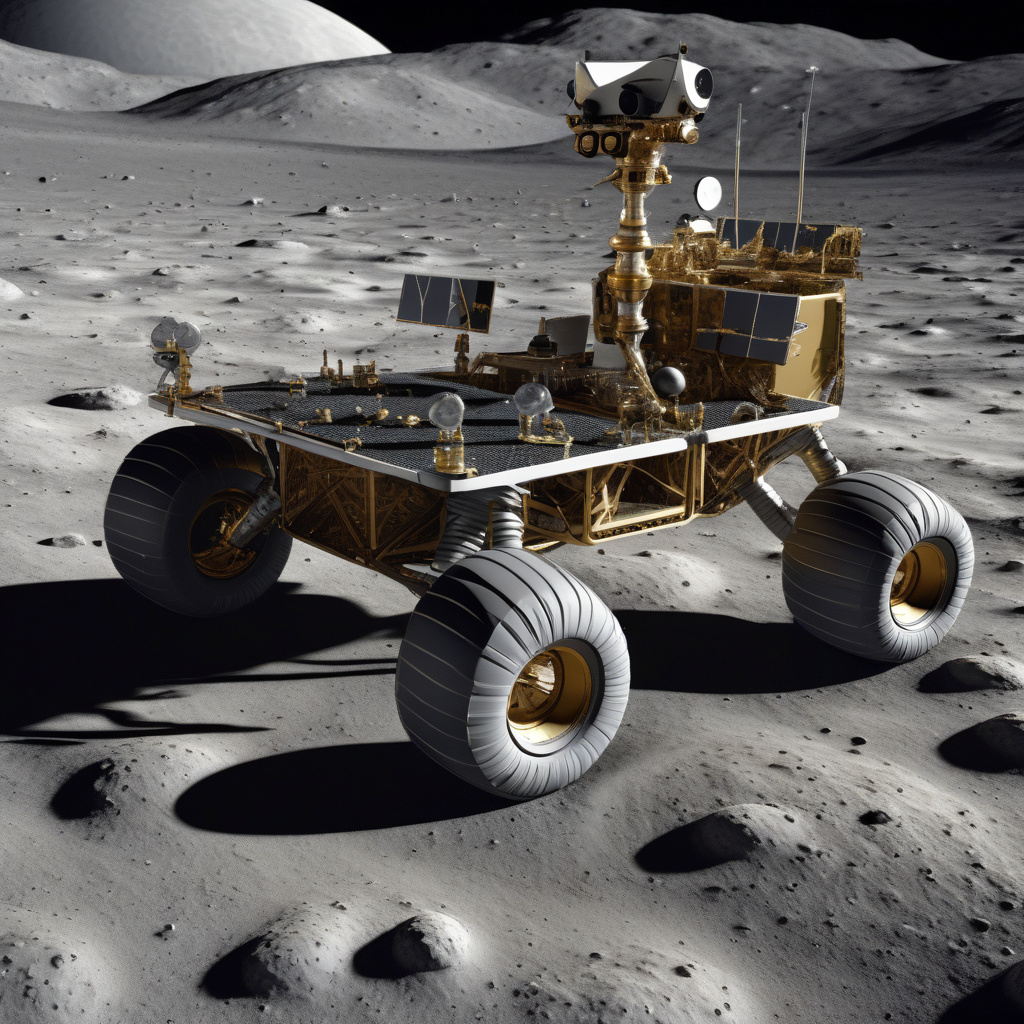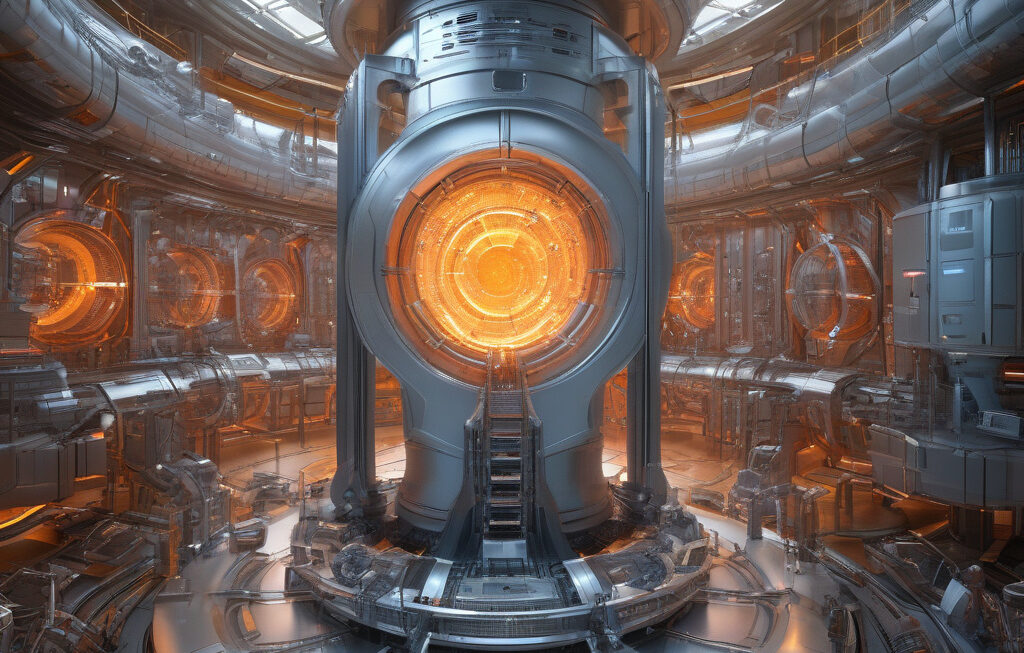Recycled Nuclear Waste to Power Space Batteries for NASA Lunar Rovers, Landers
A Washington-based company is set to use the new type of nuclear waste to power space batteries for NASA lunar rovers and landers. This groundbreaking technology not only provides a sustainable solution for nuclear waste disposal but also offers a reliable energy source for space exploration missions.
The company, known for its innovative approach to energy solutions, has developed a process that recycles nuclear waste into a compact and efficient power source. By harnessing the energy potential of recycled nuclear waste, they are able to create batteries that can withstand the harsh conditions of space travel while significantly reducing environmental impact.
NASA has shown great interest in this technology due to its potential to revolutionize the way space missions are powered. Traditional batteries have limitations in terms of energy storage and lifespan, which can be a hindrance to long-duration missions on the moon and beyond. By utilizing recycled nuclear waste, NASA can ensure a stable and long-lasting power supply for their equipment, allowing for extended exploration and research activities.
One of the key advantages of using recycled nuclear waste for space batteries is the high energy density it offers. This means that the batteries can store more energy in a smaller space, reducing the overall weight of the equipment. For space missions, where every gram of weight matters, this can lead to significant cost savings and increased payload capacity for scientific instruments.
Moreover, by repurposing nuclear waste for a productive use, this technology addresses the pressing issue of nuclear waste management on Earth. Instead of storing the waste in facilities that require monitoring and maintenance for thousands of years, converting it into a power source for space missions effectively eliminates the need for long-term storage.
In addition to its practical benefits, the use of recycled nuclear waste for space batteries also carries symbolic importance. It demonstrates a shift towards a more sustainable and forward-thinking approach to energy production, where even the by-products of nuclear power generation can be used to further scientific exploration and discovery.
As the development of this technology progresses, it opens up new possibilities for future space missions, paving the way for more ambitious endeavors in space exploration. With reliable and long-lasting power sources, NASA can plan missions to the far reaches of our solar system with confidence, knowing that their equipment will be powered by recycled nuclear waste, a testament to human ingenuity and innovation.
In conclusion, the utilization of recycled nuclear waste to power space batteries for NASA lunar rovers and landers represents a significant step forward in both energy technology and space exploration. By repurposing nuclear waste for a productive and sustainable use, we are not only solving a pressing environmental issue but also enabling the next generation of space missions to push the boundaries of human knowledge and discovery.
#NASA, #SpaceExploration, #RecycledNuclearWaste, #SpaceBatteries, #SustainableEnergy

